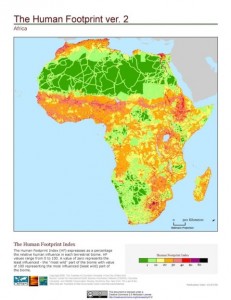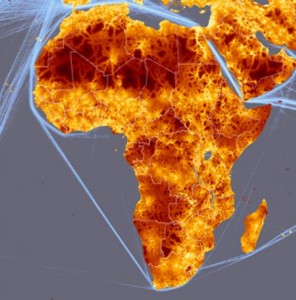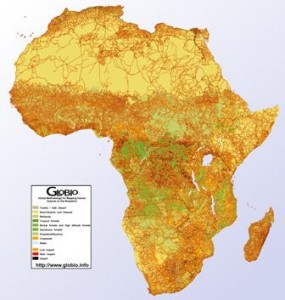A seminar organized by the International Food and Trade Policy Council somehow escaped our attention.
A group of renowned international policymakers, agribusiness executives, farm and NGO leaders and scholars met in Salzburg to examine the key global challenges facing the agricultural sector in the 21st century and analyze the role of food and agricultural trade in the midst of these challenges.
Talking about Food & Environmental Security: the role of food and agricultural trade policy, I’m sure some interesting things must have been said, but it is awfully hard to tell. None of the press coverage makes for easy reading.
The question that interests us, of course, is whether any of the assembled luminaries gave air to the possibility, as Luigi put it, that “to solve the complex problem faced by agriculture we need a diversity of solutions, and that nothing need be off the table in our efforts to put food on the table”?
Then comes notice of the 1st International IFOAM Conference on Organic Animal and Plant Breeding. This shindig takes place in New Mexico 1 in late August 2009, and
provides for the opportunity to revive traditional knowledge from the global North and South and connect it with the current international organic research. Through the fusion of traditional breeding knowledge and newly developed organic breeding methods, there is a great opportunity of intercultural learning and also valuing knowledge which was kept through generations for the well-being of communities.
Again, I’ve got to ask: will other approaches be given a fair hearing? We’d welcome a report from anyone who attends.


